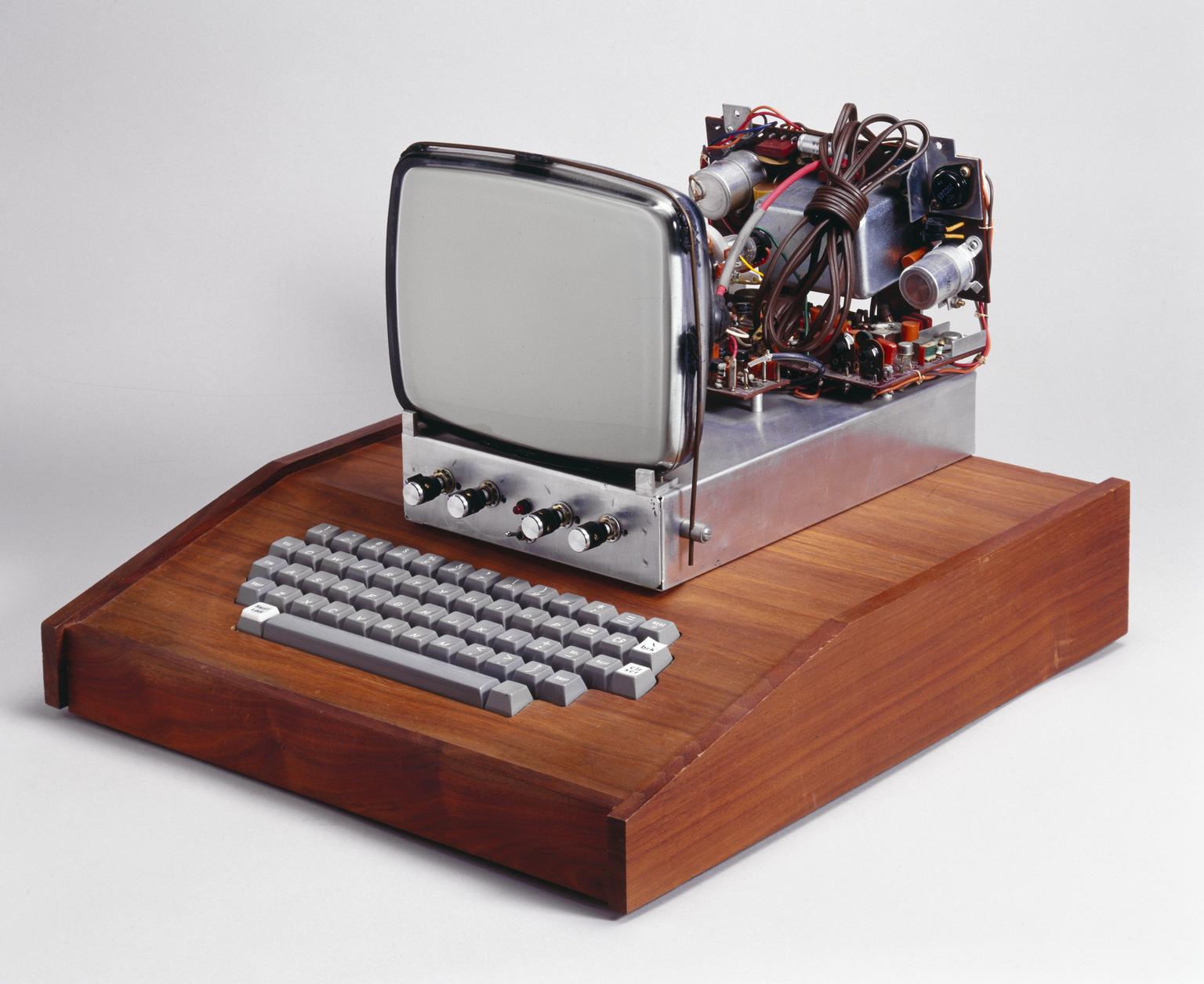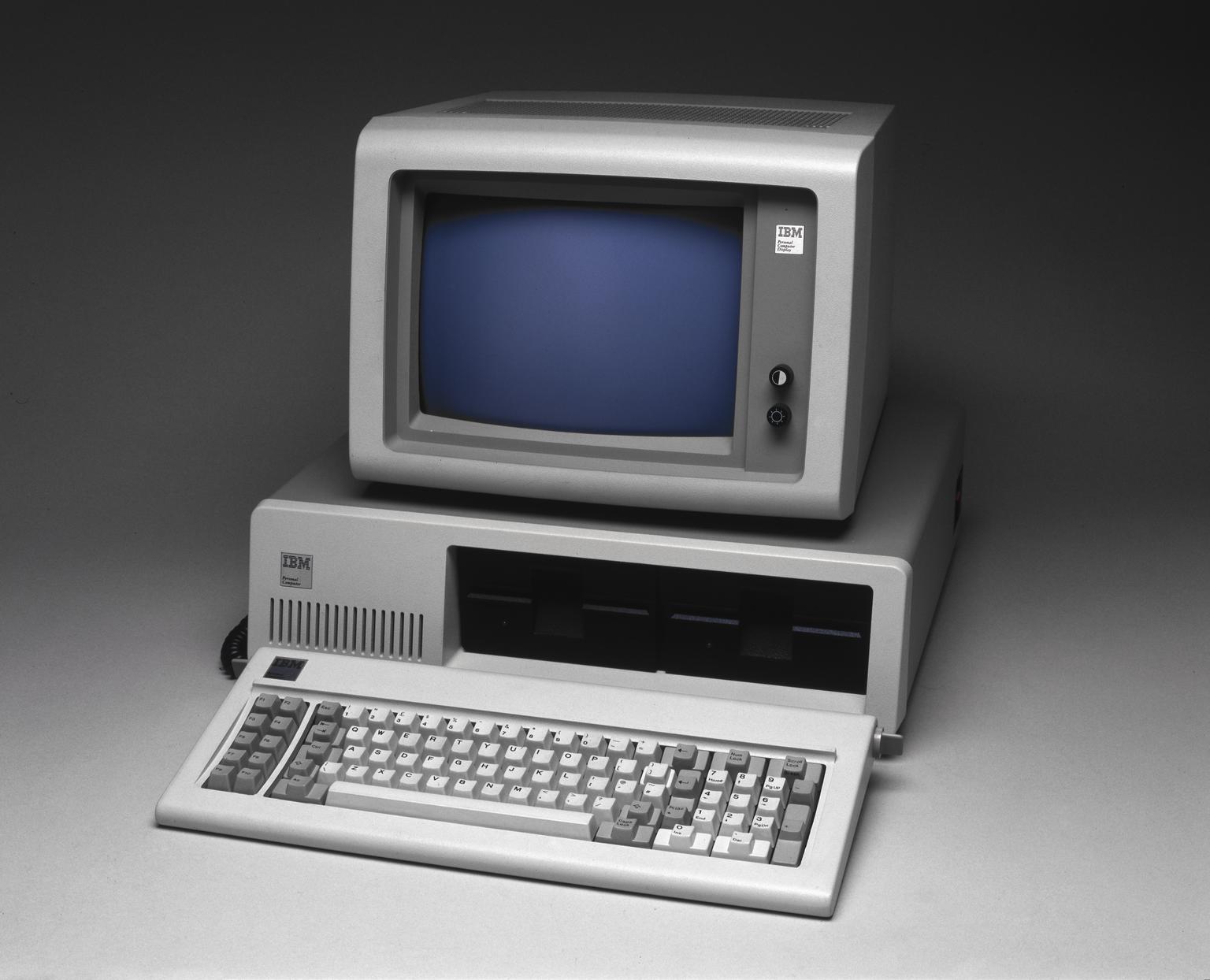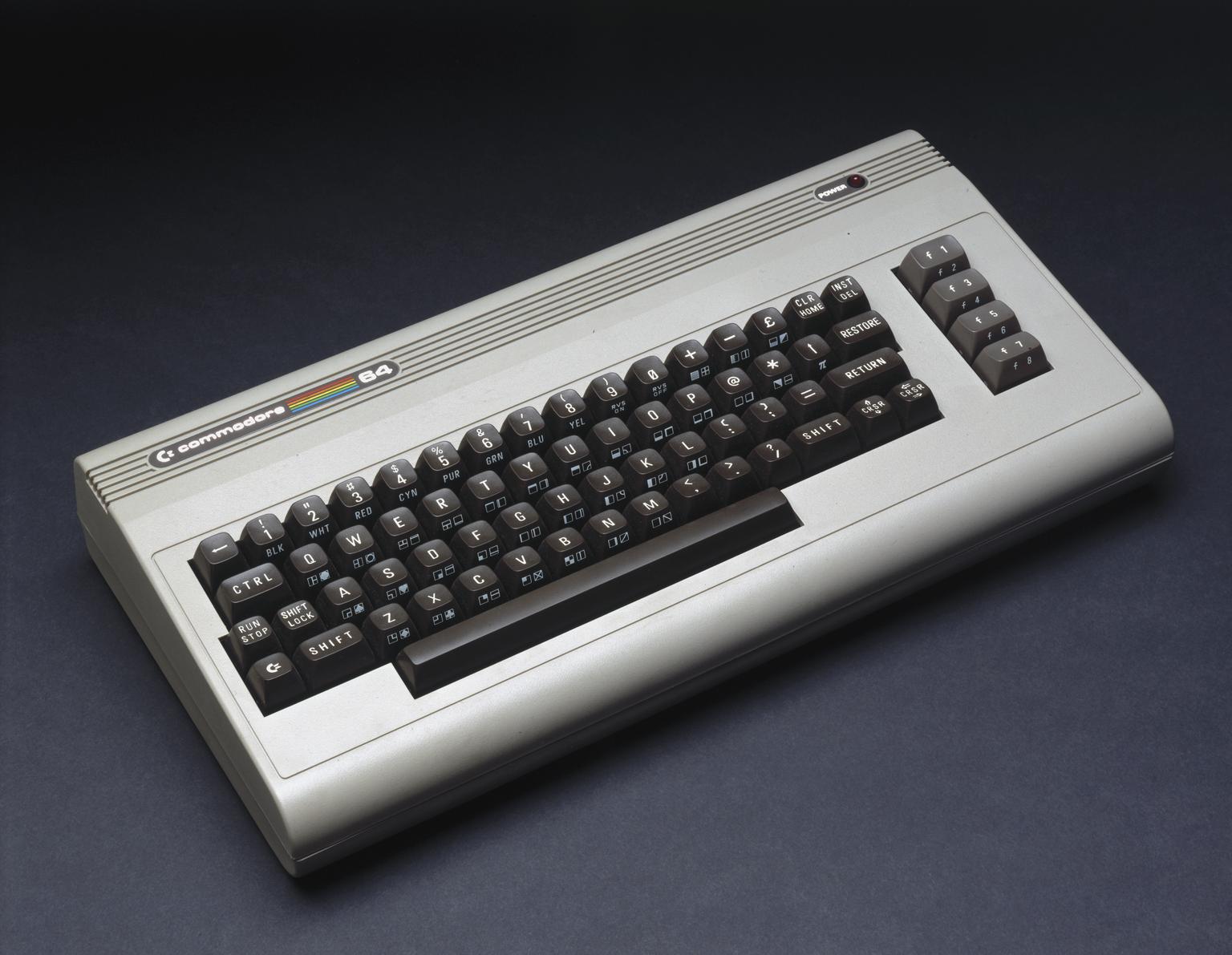On 21 June 1948, the Small Scale Experimental Machine, or ‘Baby’, ran its program for the first time, proving that computers could have memory and changing the face of technology forever. But it wasn’t until much later that computers would develop other features that we consider commonplace today, such as operating systems and even keyboards.
The Baby itself was broken down for parts almost straight away, and the team that developed it went on to create the Manchester Mark I, a far more practical computer. From there they created the Ferranti Mark I, the world’s first commercially available computer, which was released in 1953.
Seven were sold.
The first mass-produced computer was the IBM 650, in 1954, which was rather more successful, selling 450 in one year. Rather than using a Williams tube for memory, it used magnetic drum storage—but had no keyboard. These wouldn’t be considered until 1956 when researchers at MIT started experiments to determine the usefulness of a keyboard, and they clearly had a lasting effect. That same year MIT would also build the first general-purpose programmable computer that used transistors.
While personal computers were already a thing, the first one designed to support an operating system was the Xerox Alto, which was introduced in 1973 and used now common features such as windows and a mouse. Surprisingly, the concept of the mouse had actually been around since 1947.

Science Museum Group © The Board of Trustees of the Science Museum
The first supercomputer was the Cray-1 in 1976, with its speed coming from its shape, a “C”. This shape reduced the length of the wires and so resulted in shorter time signals. Each of these computers took a full year to build and cost $10 million—they were used to do work such as weather forecasting.
Apple was also founded in that year, with the Apple I going on sale as a single-board computer for hobbyists, and the Apple II being launched the next year, with millions sold between 1977 and 1993 making it one of the longest-lived lines of personal computers.

Science Museum Group © The Board of Trustees of the Science Museum
The personal computer pictured above was manufactured by IBM and originally known as the IBM Model 5150, introduced in 1982. The IBM PC was a revolution as it became the first PC to be widely adopted by industries. The first portable computer was also introduced the same year—the Osborne 1, weighing 24 pounds, or 10.8 kg, with a 5-inch display, which is about the same size as what are now considered small smartphones.

Science Museum Group © The Board of Trustees of the Science Museum
Introduced in 1982, the Commodore 64 was recognised by the Guinness Book of Records as the best-selling single computer of all time in 2006. In the 11 years it was on sale it sold 22 million units as it featured 64 KB of RAM and impressive graphics for its time.
The system of windows, icons and menus that we’re all familiar today is known as a Graphical User Interface (GUI), and rose to popularity with computers such as the Apple Lisa, which was introduced in 1983. Soon after, Microsoft Windows and the Apple Macintosh, which would be released the following year, would also adopt the GUI. The Macintosh was the first successful mouse driven computer, had a GUI and came with the programs MacPaint and MacWord.
Internal floppy drives, that most retro of storage devices alongside the cassette tape, were a feature of the Apple PowerBook series, introduced in 1991. The PowerBook had a built-in trackball and palm rests as well as an internal floppy drive, all of which would go on to become the standard design for laptops in the 90s.
With the millennium came the first camera phone, produced by Japan’s SoftBank. The camera was an enormous 0.11 megapixels and the pictures could be shared wirelessly.

Science Museum Group © The Board of Trustees of the Science Museum
2007 saw the release of both the Amazon Kindle and the iPhone. The Kindle was the first electronic readers to gain a large following, proving so popular that there was a long delay in delivering the systems. Do I really need to tell you what the iPhone was capable of? Three years later, the iPhone would be followed by the iPad.
Designed to promote science education and the size of a credit card, was the Raspberry Pi, which was a single board computer that was first produced in 2012.
In 2015 the Apple Watch was released, which incorporated Apple’s iOS. Apple watches have 512 MB of RAM and are 35.9 mm in length, while Baby at 5.18 metres in length had only 32 bits of RAM. You can fit 144 Apple Watches along the length of Baby, and if you stack them on top of each other you’d need 54 watches. That would mean, that to cover the surface area of Baby, you would need 7,776 watches.